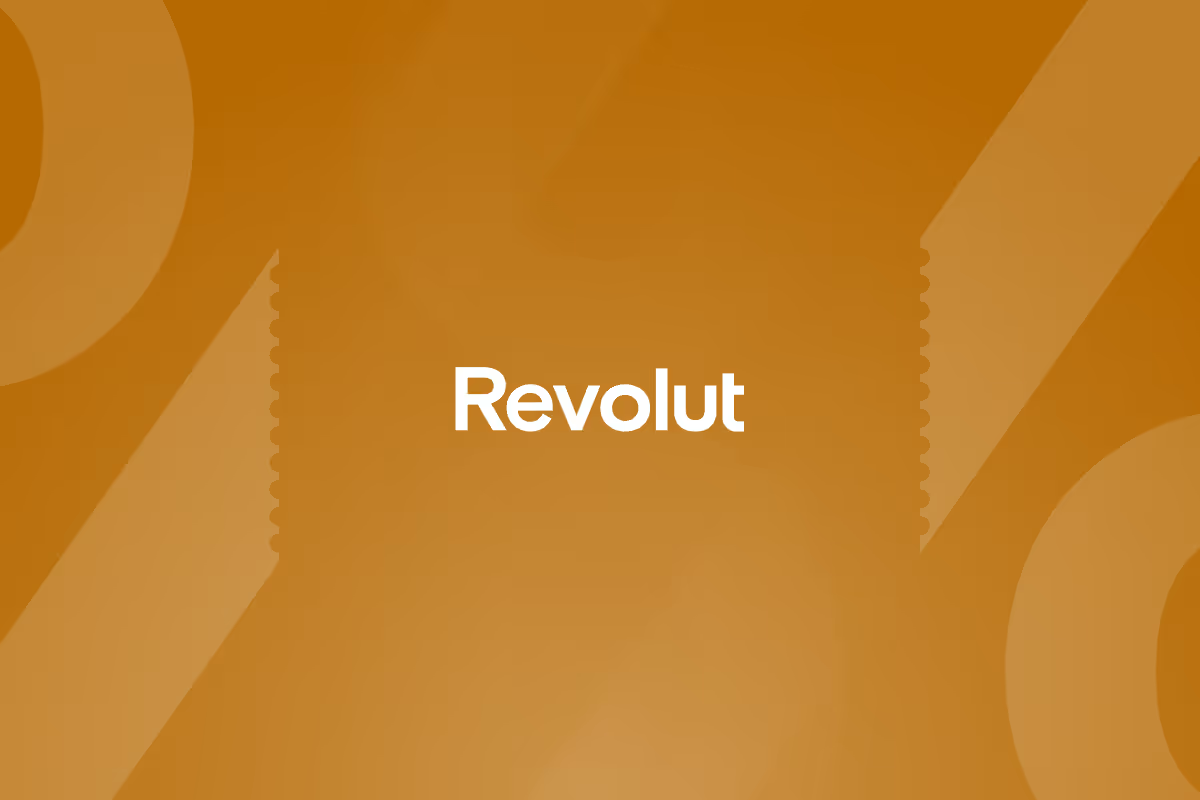Best high-yield euro savings accounts in Europe (brokers & digital banks)



In today’s higher interest rate environment, many fintech apps and digital banks offer attractive yields on your Euro cash.
These platforms let you earn interest on idle money – often beating traditional banks – while keeping funds accessible.
Below, we highlight top high-yield savings options across Europe, compare their features, and discuss safety and whether a savings account or a money market fund might suit you best.
Quick comparison table
Note: All interest rates are annualized for EUR deposits and can change with market conditions. “Deposit Guarantee” refers to national schemes that insure deposits (usually up to €100,000 per bank, per person). Always check if a rate is promotional (temporary) or requires a premium plan.
For simplicity, we did not include other fintechs which also offer great rates, such as Lightyear, Mintos, and Wise.
For a more complete list of banks and brokers that offer interest, filtered by country, visit this tool by Investing in the Web.
Explore the companies mentioned and decide by yourself!
Top picks for different needs
- Highest Interest Rate: By offering 2.20%, Trading 212 has one of the highest flexible EUR yields among fintechs. In addition, it gives you a free fractional share worth up to €100. Revolut, in the most expensive plan, offers 2.25%, which is even higher.
- Best Overall (Free Account): Trade Republic strikes a great balance with 2.00% interest, no fees, and a solid deposit protection structure. It’s ideal if you want a high rate on idle cash while using a low-cost broker. Revolut is another great contender, with 1.5% on the free account.
- Best for Large Balances: Scalable Capital allows interest on much larger sums (up to €500k) if you subscribe to PRIME+. This makes it attractive if you have well above €100k in cash, surpassing typical guarantee limits – though note part of those funds will sit in money market instruments (not guaranteed but safeguarded).
- Best Deposit Protection: N26 (a licensed bank) keeps all funds under the German Deposit Guarantee up to €100k, with no sweeping into funds or third parties. If maximum safety is your priority and you’re willing to get N26’s Metal plan, their 2.00% offer is very secure - furthermore, you can use our N26 referral code to earn a bonus. Similarly, bunq is a Dutch bank with full €100k coverage and a strong interest rate, available even on a free plan. Revolut also offers €100 deposit protection.
Savings accounts vs. money market funds – which to choose?
With the rise of money market funds yielding almost as much as savings accounts, many Europeans wonder: should I use a high-yield savings account or a money market fund (or ETF) for my cash? The answer depends on your priorities: guaranteed security vs. a bit more yield and flexibility with amounts.
Here are the key differences:
- Guarantee: As discussed, savings accounts have a €100k guarantee per bank. Money Market Funds have no such guarantee – instead, they offer trust that the assets are very safe and redeemable, but if something extraordinary happens, there’s no insurance payout. If you absolutely cannot accept any risk of losing a penny (and you’re under €100k), a savings account is the safer bet.
- Risk & Return: Historically, money market funds (MMFs) yield slightly higher than bank deposits because they invest in instruments like T-bills or interbank loans that might pay a bit more than what banks pass to retail depositors. In normal times the difference might be small (0.1-0.3% more). In crisis times, a good savings account might actually beat MMFs if banks desperately want deposits. There is a tiny risk that an MMF could lose value – for instance, if interest rates spike very fast, the fund’s older holdings lose value (though short maturities limit this risk), or if an issuer of a bond in the fund defaults, the fund takes a hit. These scenarios are rare for top-tier MMFs (and regulation forces them to be very high quality).
- Liquidity and access: Savings accounts (especially those listed here) mostly allow instant access or within 1 day. MMFs are also very liquid, but accessing money might require selling fund shares via your broker – usually same day or T+1 settlement for most funds/ETFs. With an ETF, you can sell anytime the market is open and get cash in your broker account immediately (settlement a couple days but you can often reuse cash to buy other securities). So both are quite liquid; savings accounts might have an edge in simplicity (direct transfer to your bank).
- Amount Flexibility: If you have way more than €100k, a money market fund has no cap – you can put in millions, and all of it is invested (with no insurance though). A savings account will only insure 100k, and any amount above that is exposed if the bank fails (which is why spreading out is advised). So very wealthy individuals or companies often use MMFs to park cash in excess of insurance limits, to avoid managing dozens of bank accounts.
- Convenience and Tools: Buying a money market ETF requires a brokerage account and understanding which fund to buy (e.g., a EUR Ultrashort Bond ETF, or a USD MMF if you have USD, etc.). Savings accounts are straightforward – deposit money, earn interest, that’s it. Some people may not be comfortable treating an ETF as their “savings”. On the other hand, fintech brokers have blurred this line: e.g. Trade Republic/Scalable effectively put your cash into an MMF for you behind the scenes – giving you the convenience of a savings account (you see a stable balance and get interest) with the returns of an MMF. If you DIY, you could just directly buy a money market ETF yourself. But remember, an ETF’s price can fluctuate slightly, whereas a savings account balance doesn’t.
- Fees and Taxes: Most savings accounts are free to hold; MMFs usually have an expense ratio (small, maybe 0.1% which is often already baked into the yield) and brokers may charge a commission to buy/sell (though many have free ETF trading now). Taxation can differ: interest from savings is interest income; income from an MMF could be treated as dividend or capital gains depending on the fund structure and your country’s tax laws.
Why an investor might choose one over the other:
- Choose a Savings Account (DGS insured) if: you want simplicity and peace of mind of the guarantee. Particularly for emergency funds or short-term needs, the safety can outweigh a slight yield advantage elsewhere. Also, if you don’t want to deal with a brokerage or potential NAV fluctuations.
- Choose a Money Market Fund if: you have a large sum exceeding insurance limits and want to avoid managing multiple banks. Or if the current yield is significantly higher and you’re okay with the minimal risk. Also, MMFs can be suitable for holding cash in an investment portfolio where you can quickly reallocate to stocks/bonds – essentially acting as your “cash sweeper”.
Many savvy users actually use both: They keep a base in savings accounts up to €100k for absolute safety, and any extra cash or operational funds they put into an MMF or an interest-paying broker account to eke out more yield. Both options are often considered among the safest places to park money, just via different mechanisms of protection.
Bottom line
Europe’s fintech landscape now offers plenty of ways to earn 2.00% or more on your Euros without locking into long terms.
Whether through a digital bank’s savings account or a broker’s cash sweep, you can finally get your cash working a bit harder.
Always pay attention to how your money is protected, and stay within insured limits where possible. And remember, rates can change – what’s “best” today might not be in a year, so keep an eye on the market. For the latest updates on interest rates and which services are available in your country, you can check Investing in the Web – this site provides updated rates and country-specific info.
Happy saving (and investing)!





